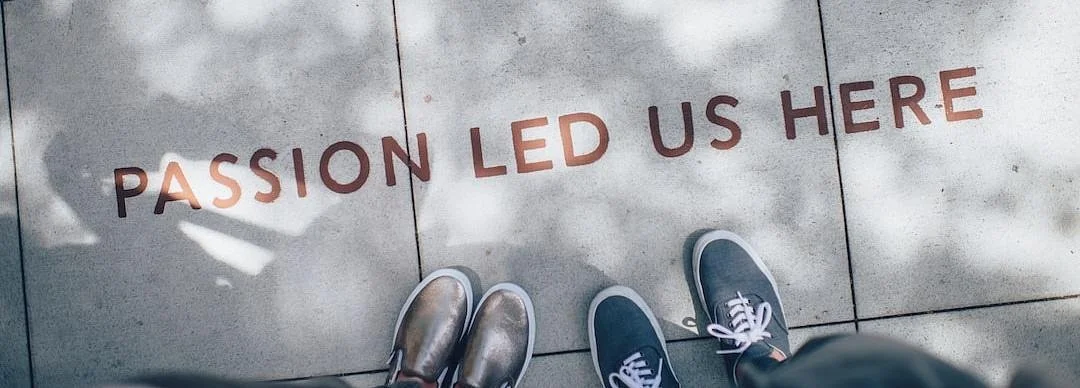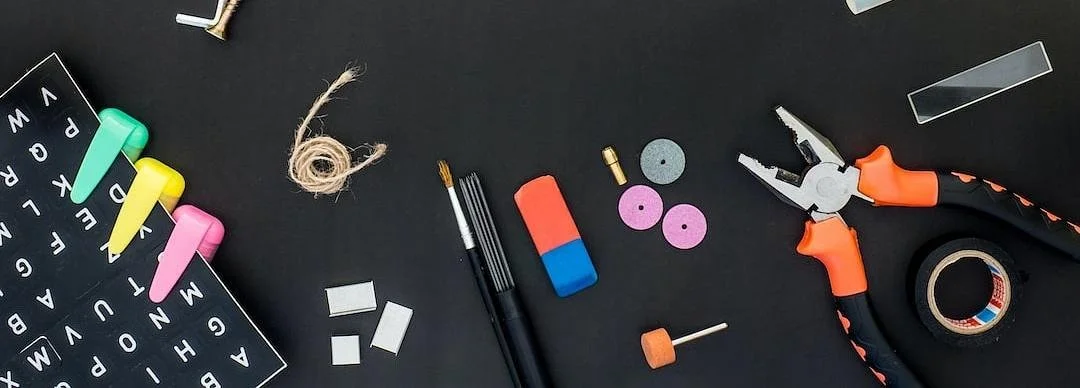Arguing for Open: a social artist’s call to action
By
Morvern Odling
Published in September 2021 as part of the extended digital edition of Social Works? Open journal…
“Openness is a trait which we value in social practice. We aim to be open as a matter of course; open as we bring people into our work and open to the processes of collaboration, to new perspectives and challenging ideas. However, in stark contrast, when it comes to publishing and sharing the resulting work, ‘closed’ is the standard. ”
Copyright, defined as the right to recreate and distribute the whole or part of a creative work, is a closed system of ownership and restriction. It ostensibly protects creators by preventing people from using work without permission. It is important to note that this includes placing that work on the internet.
As access to creative culture has moved to exist predominantly in digital space, recently much exacerbated by the Covid-19 pandemic, copyright has become far less meaningful. Use a social media platform such as Instagram or Pinterest for any length of time and you will see that the current copyright law of ‘one size fits all’ protects no one.
Each time we publish work under copyright we participate in a system which—though designed to protect our work—actually works to prevent us from accessing the possibilities and benefits of sharing and distributing creative works in a more open way.
We are led to believe that copyright is our only option: its sovereignty is rarely called into question. The fact is that as creator (or in social practice more often, ‘creators’) we have the right to license our work however we choose. To state different terms, we can, for example, encourage wide and unfettered use. We can say yes to new adaptations, but no to for-profit sale. We can look at the specifics of a project and decide on a licence that works for the individuals involved, as well as the resulting creations.
Why isn’t this more widely discussed and alternatives more readily used? Who benefits from our continued use of the copyright system? Predictably the answer is institutions, organisations and other large anonymous groups of people.
How can we understand the possibilities of open publishing in social art? The following directives are a basis from which to frame your own exploration of this question; whether you are an artist, producer, commissioner or participant.
Take stock: Consider who benefits from owning the work or data made through a collaborative process. Is it the commissioning organisation? The funder? The artist? The community? What reasons do these different agents have for keeping the work closed, or making it openly available and all options in between
Recognise the value: Whether it is data in facts and figures or collaboratively made artworks, everything that wasn’t there before the work began is valuable. Too often the arts, and particularly the participatory arts, are undervalued and therefore not always recognised as being worthy of wider publication. Which areas of the works could be shared and actively promoted for use by others?
Imagine ideal futures: Choose ‘blue sky thinking’: where could this work go? What forms could it take? How could it be shared with as many people as possible? How could the widespread sharing of selected elements support the original concept for everyone involved. What impact would this have on participation in the work?
Welcome in & offer up: Bring these questions to the table. Ask the people involved about how they see their work being shared or used by others. What will the legacy of this work be? What should be kept closed and what could be made public? This process of collaboratively deciding on the future outcomes of a project is essential for equitable engagement.
Respect, spotlight & platform: Consider your audiences: who could have been involved but wasn’t? Begin to identify what impact it would have if the resulting work was made widely accessible, especially for those who were not able to participate at the time. Whose voices are not being heard, whose perspectives overlooked? Is there an opportunity for this work to be something made by a community, rather than about?
Step up to your role: Through wide networks of support, professional practice and personal resilience artists, producers and organisations can implement change within a seemingly immutable system. As artists we have the responsibility to represent the people we work with and to know that we can choose how the work is used, for how long and by whom.
Open Source as a movement was pioneered by people within the tech industries who recognised that their collective intellectual property was being used to exclude vast swathes of society from accessing the tools they were building.
In social practice we can be seen as small fry, working in people’s gardens, town centres, schools, local spaces and homes. Our practice is personal by its very nature. Nevertheless the intellectual property which we collectively create is no less important or valuable than the lines of code written in Silicon Valley. Our work weaves together threads of people’s experiences, capturing local cultures and personal histories.
Who owns the right to these works? How are we perpetuating political & social systems of inequality by creating closed works with many people’s input inherent to the creation of that work? A new wave of the Open Source movement by and for social art can begin to address these questions. This will start with individuals, with social practitioners beginning to explore the possibilities and benefits of bringing openness into this part of their work.
My research project, Of Source, is exploring openness, ownership and origination in social practice. Rooted in Open Source ideologies, it sees open publishing as a step towards social justice. Recognising that social art exists in an unequal society, Of Source is developing practices which support artists and organisations to make works which imagine a better, fairer world.
For more resources and to read the published interviews go to ofsource.squarespace.com / www.morvernodling.co.uk
IMAGE DESCRIPTION
Public Art:
an argument for openness
If
it is intended for the Public
(e.g. - Museums, Schools, Universities, Councils, Charities, Youth Groups, Societies, Galleries, Community Centres, Land Trusts, Hospitals)
& it will work with and involve people
(e.g. - Workshops, Walks, Talks, Events, Performances, Courses, Series, Parties, Sessions, Interviews, Builds, Activity)
Then
Selected data will be made available
(e.g. Artworks, Designs, Recordings, Films, Objects, Photos, Stories, Plans, Numbers, Music, Instructions, Maps)
& openly promoted and shared
(e.g. Reports, Publications, Websites, Exhibits, Articles, Archives, Databases, Products, Installations, Catalogues)
Therefore
More opportunities are created for:
Wider Engagement
More people can see themselves reflected in the work
Built-In Legacy
Space for further actions and work in new iterations
Community Agency
Everyone involved shares in the decision for the future of the work
Platforming Impact
Participants can see how their work affects others
Unexpected Connections
Space for community specific aims, outcomes and possibilities




